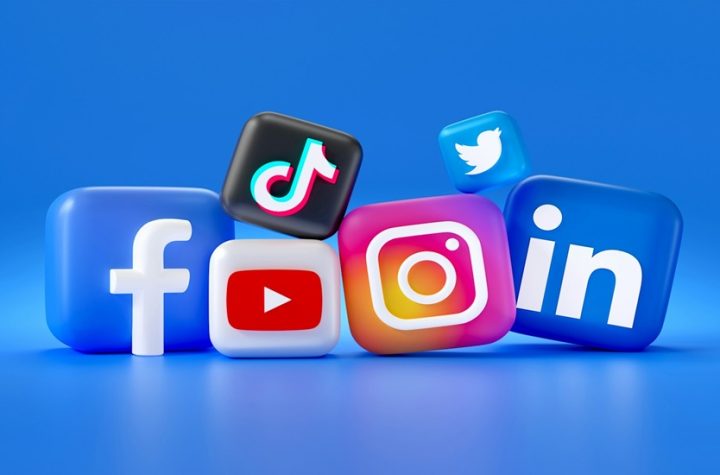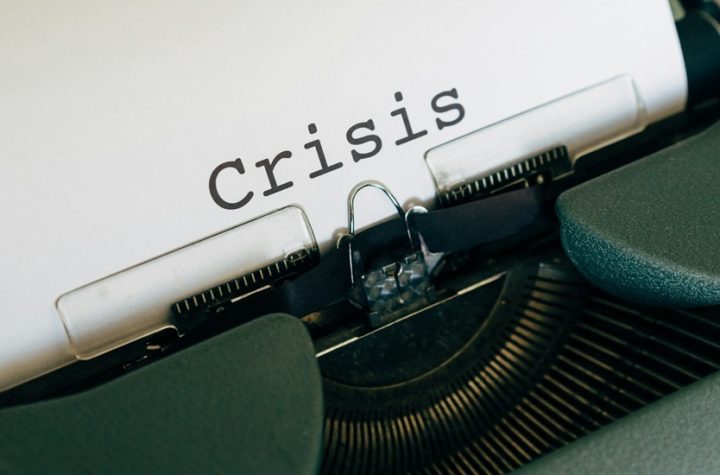
Pic Courtesy - UnspLash
Artificial intelligence (AI) has emerged as a transformational force in the cultural and creative sectors, reshaping content creation, curation, and distribution. AI is transforming the landscape of many businesses by assisting with idea selection and market research.
Let’s look at how AI is accelerating innovation in the cultural and creative sectors:
1. Aids in Idea Selection : AI systems can scan massive volumes of data to find trends, patterns, and customer preferences, allowing producers to generate new and relevant ideas. For example, Netflix uses AI to evaluate user data and preferences in order to recommend new show ideas and predict their likelihood of success. This not only speeds up the idea generating process, but it also raises the chances of producing content that resonates with the audience.
Case Study : Bjork used Jukebox, an AI-powered music composition tool, to compose the song “Atopos” from her album Vulnicura. AI created musical elements, which Bjork chose and sculpted toward her vision.
2. Helps In Content Curation : AI-powered content curation technologies can filter through massive amounts of data to find and propose relevant, high-quality material to users. Spotify’s recommendation system, for example, employs AI algorithms to create personalized playlists based on user listening history and preferences. This not only improves the user experience, but also allows artists to reach a larger audience by recommending their music to interested listeners.
Case Study : Netflix employs AI to personalize suggestions, which increases user engagement and watching. Their A/B testing reveals that tailored recommendations account for 80% of total viewing hours.
3. Facilitates Proofreading : AI-powered proofreading systems can dramatically improve written material quality by detecting and fixing grammatical and spelling problems, as well as inconsistencies. Grammarly, for example, employs AI algorithms to deliver real-time feedback and recommendations for improving the clarity and accuracy of written content. This saves time while also ensuring that the final content is polished and professional.
Case Study : Grammarly’s artificial intelligence assists authors in identifying errors and improving clarity, hence speeding up editing workflows and improving writing quality.
4. Helps In Effective Distribution : AI can optimize content distribution by evaluating audience behavior and preferences to determine the most efficient channels and distribution times. For example, social media sites employ AI algorithms to evaluate user engagement patterns and optimize the time and frequency of content posts for optimal impact. This helps content makers reach their target audience more efficiently and maximize the reach of their material.
Case Study : Spotify’s AI-powered targeting reaches the right people, increasing streaming plays for indie artists. In 2023, AI suggestions accounted for 31% of all streams on the site.
5. Transforms Content Creation : AI is revolutionizing content creation by making it possible to generate high-quality content on a massive scale. For example, AI-powered applications can generate news articles, blog entries, and marketing copy based on predefined criteria and templates. This not only saves time and effort on content development, but also allows artists to focus on more creative and strategic parts of their job.
Case Study : DeepMind’s AlphaStar AI overcame top StarCraft II players, demonstrating the power of AI in game design and challenging players with fresh methods.
6. Assists In Market Research : AI can speed up market research by evaluating consumer data, social media trends, and rival strategy to deliver useful insights and recommendations. For example, AI-powered analytics systems can scan social media conversations to discover new trends and consumer preferences, allowing businesses to make more educated decisions about their marketing tactics and product offerings.
Case Study : Disney employs artificial intelligence (AI) to evaluate social media sentiment and predict viewer reactions to upcoming film releases, informing marketing strategies and content changes.
To summarize, artificial intelligence is a disruptive force in the cultural and creative sectors, transforming content creation, curation, and distribution. By employing AI, producers and businesses in these industries can gain a competitive advantage, reach a larger audience, and provide more personalized and engaging content to their users.







2 thoughts on “AI in Cultural and Creative Industries: A Transformative Force”